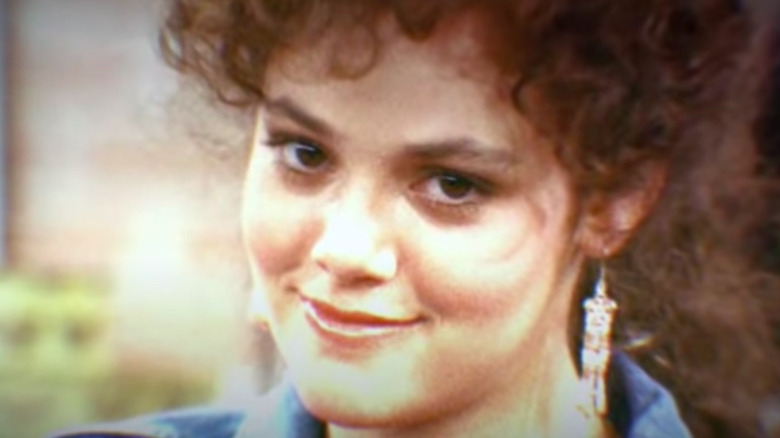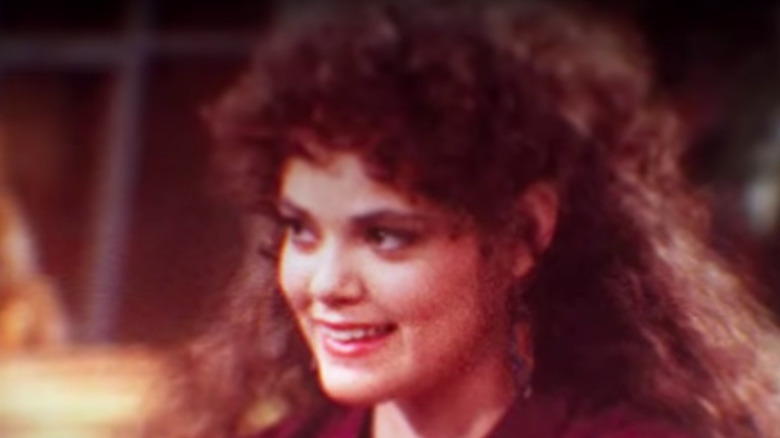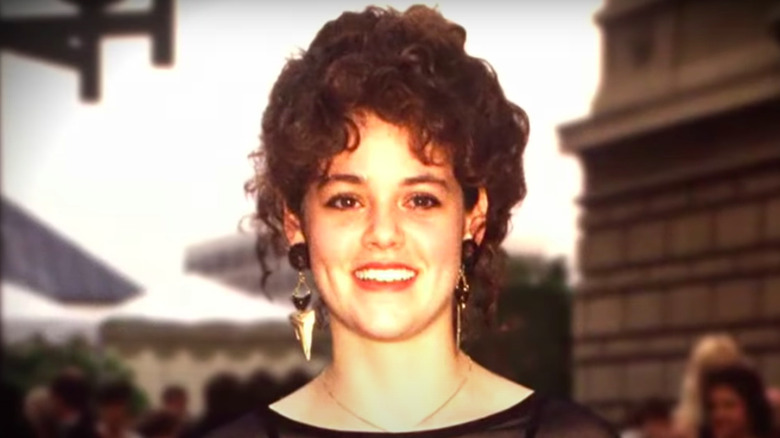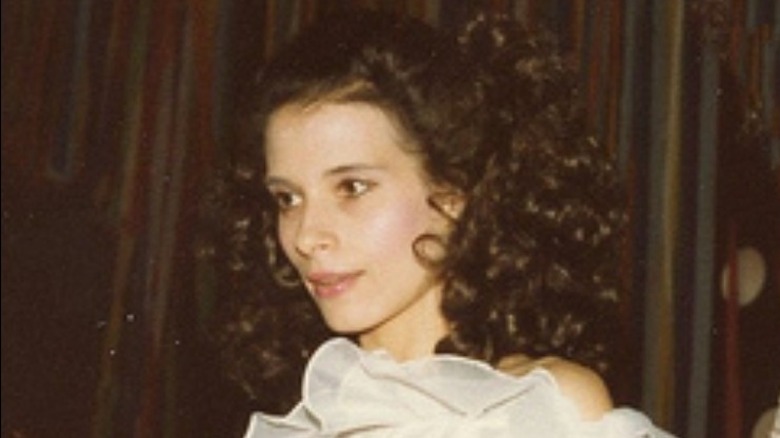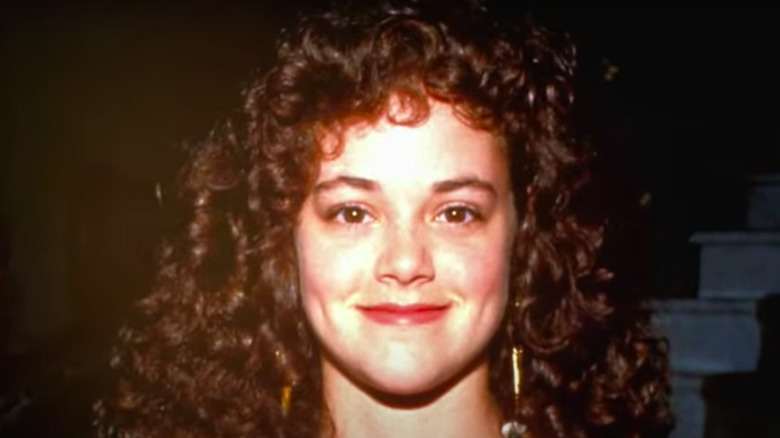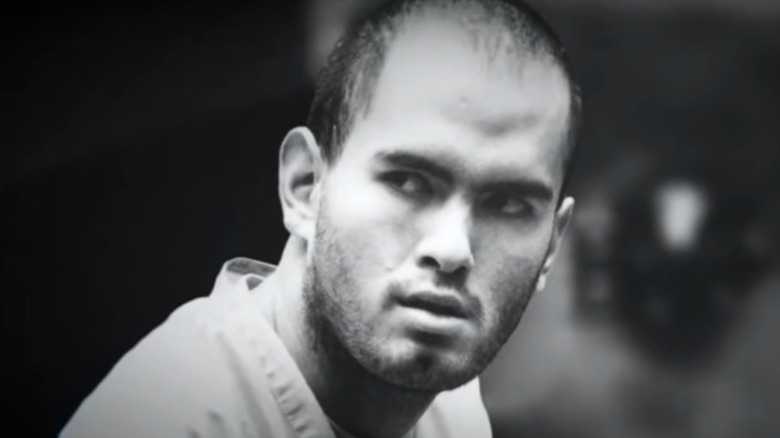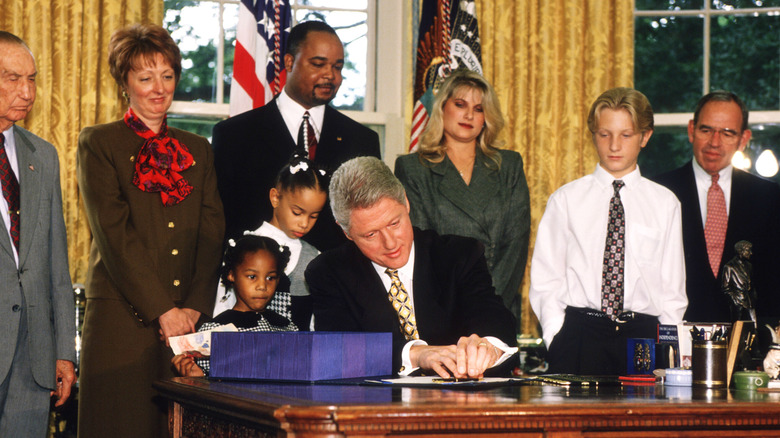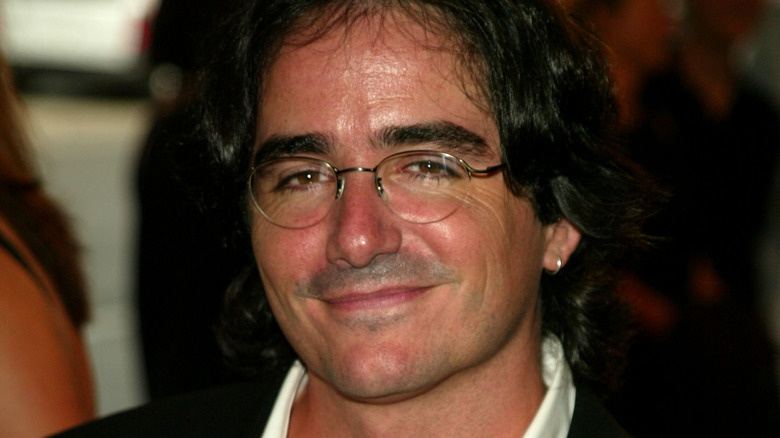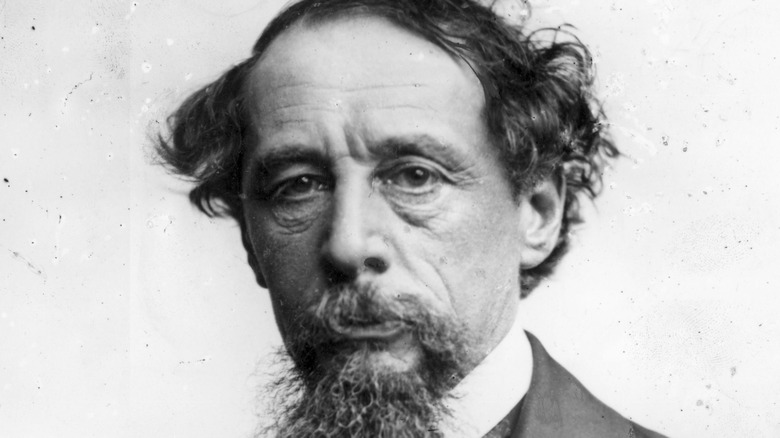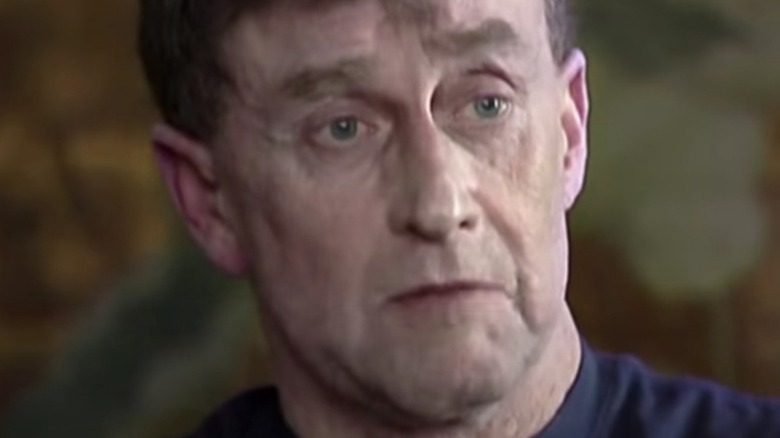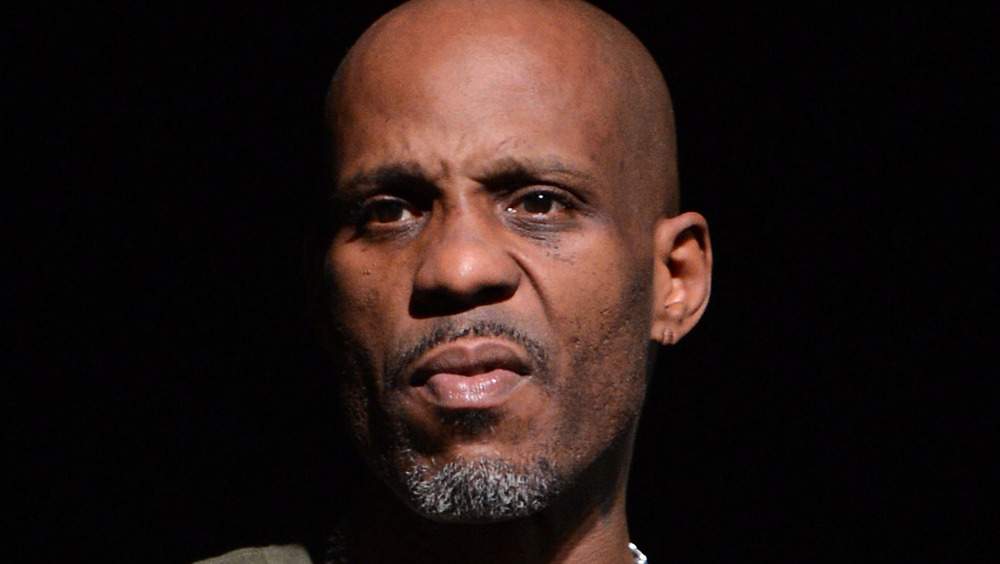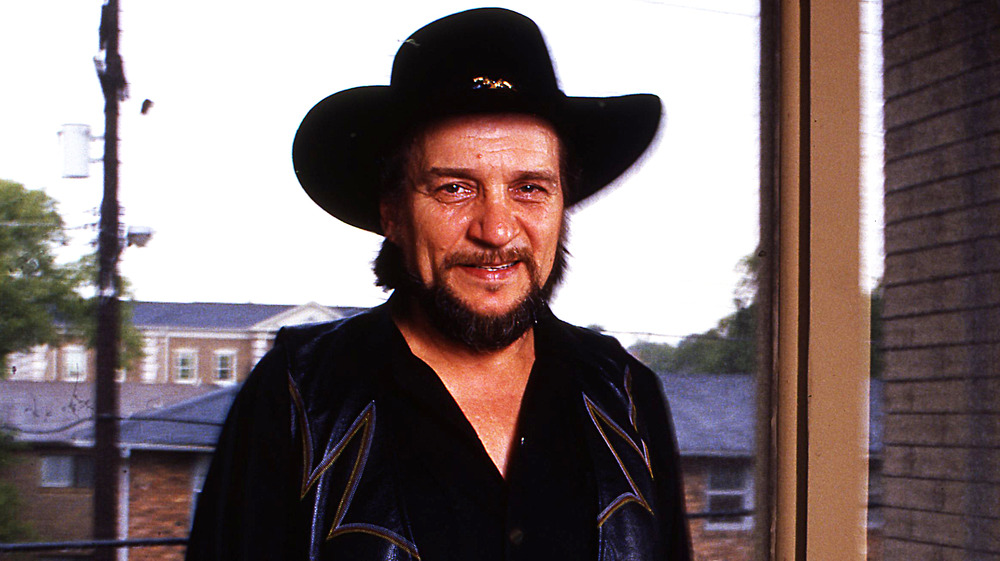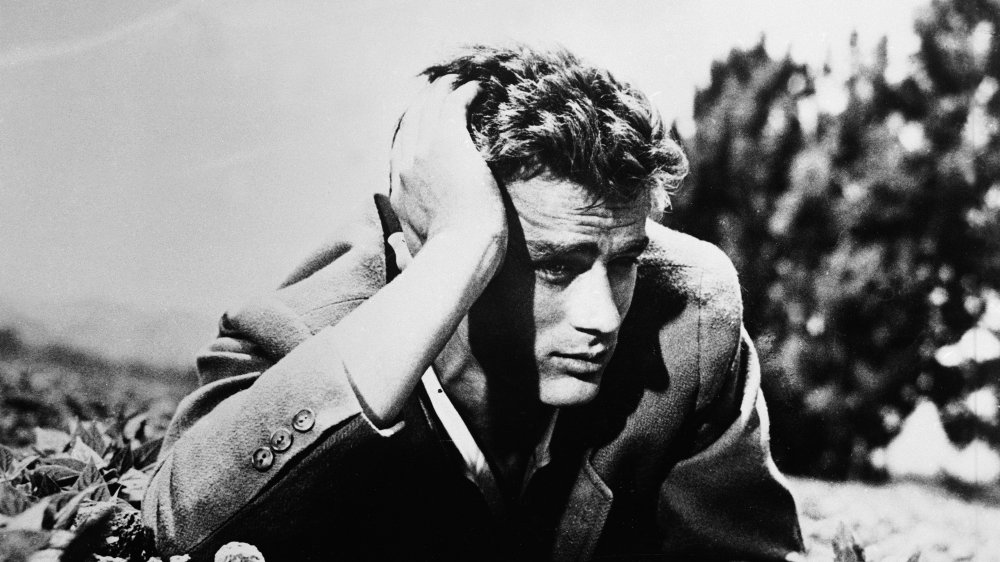
The Tragic Murder Of ’80s Actress Rebecca Schaeffer Explained
When Rebecca Schaeffer was murdered in 1989, it set the wheels in motion for the nation’s first anti-stalking laws. A rising ’80s actress who seemed beloved by everyone, few could understand why anyone would murder her, seemingly in cold blood.
Schaeffer was 21-years-old when she was waiting for the script of a movie she had an audition for, “The Godfather III,” and although she knew that it was going to be a life-changing day, she had no idea the tragedy that was about to occur. And while her death had a ripple effect that led to the nation’s anti-stalking laws and some of the privacy protections in place today, it too little too late for Schaeffer and others.
In response to her murder, privacy protections across the country were strengthened and stalking was designated a crime for the first time in the United States. In California, the LAPD also now has a special division known as the Threat Management Unit that deals specifically with stalkers and stalking victims. Unfortunately, Schaeffer was neither the first nor the last person to be killed by someone who was stalking them. This is the tragic murder of ’80s actress Rebecca Schaeffer explained.
Who was Rebecca Schaeffer?
Rebecca Schaeffer was born on November 6, 1967 in Oregon to Danna and Dr. Benson Schaeffer. Schaffer’s mother worked as a writer and teacher at Portland Community College while her father specialized in child psychology. From an early age, she showed a passion for theater and drama and before long, she was “approached to try modeling,” writes Good Housekeeping.
Schaeffer was in her junior year of high school when she received her first modeling offer. Soon, she was appearing in TV commercials and department store catalogues. However, according to Jewish Journal, Schaeffer hadn’t always aspired to be a model and had originally dreamt of becoming a rabbi.
After struggling to find work as a model, Schaeffer moved to New York City and pivoted into acting in 1984. Working as a waitress, Schaeffer managed to book a few small roles on soap operas and movies over the course of two years, but nothing seemed to pan out. And then, in 1986, she landed the role of Patti on “My Sister Sam.” This was her breakout role. Schaeffer moved to California for the part, and although audiences loved the show, it ended up being cancelled halfway through the second season.
Who was Robert John Bardo?
Born on January 2, 1970, Robert John Bardo was the seventh and youngest child of June and Philip Bardo. Bardo’s father had been a non-commissioned officer in the U.S. Air Force and had met Bardo’s mother while he was based in Japan. The family moved around a great deal during Bardo’s childhood until finally settling in Tucson in 1983.
According to All That’s Interesting, Bardo experienced severe neglect and abuse from his mother, his father, and his older brothers. Throughout his adolescence, Bardo “made several cries for help in the form of letters to one of his teachers.” At one point, Bardo wrote that he wanted to commit suicide and was described as “a time bomb on the verge of exploding,” per Reel Reviews. Although Bardo ended up receiving a few counseling sessions, nothing else was done and his “mental health continued to deteriorate” until he was placed in a foster home.
Shortly after being placed in the foster home, Bardo was admitted into a psychiatric hospital in 1985. There, he was diagnosed with bipolar disorder. After one month, Bardo’s parents removed him from the psychiatric hospital, and soon after he dropped out of high school and got a job as a janitor at a Jack in the Box.
Bardo repeatedly displayed erratic behavior, and in the year and a half before Schaeffer’s murder, he’d been arrested three times by the police “for offenses including domestic violence and antisocial behavior.”
Robert John Bardo became obsessed with Rebecca Schaeffer
Robert John Bardo first saw Rebecca Schaeffer in a commercial for “My Sister Sam” and, according to E!, “felt like they were kindred spirits.” He started sending her letters and gifts and initially, Schaeffer “thought it was sweet that a fan was sending her stuffed animals and other little gifts at the studio lot.”
According to “Blind-sided,” Bardo “videotaped every episode of ‘My Sister Sam'” and began to believe that he had an entire relationship with her. And when Schaeffer responded to one of Bardo’s letters, he decided that was a sign that their relationship was real and started visiting Los Angeles, trying to meet Schaeffer. But once he got to Burbank Studio looking to Schaeffer, teddy bear and flowers in hand, Bardo was unable to make it past security. Reel Reviews writes that one month later Bardo tried again, this time armed with a knife, but he was still unable to gain entrance into Burbank Studio. In response, Bardo wrote in his diary “I don’t lose. Period.”
This wasn’t the first time that Bardo had stalked someone. At one point in the 1980s, Bardo had become obsessed with Samantha Smith, a young peace activist, and had attempted to go to Maine looking for her. However, he was arrested on the way and sent home. After Smith tragically died in a plane crash in 1985, Bardo turned his sights onto Debbie Gibson, a pop star, and went to New York in pursuit of her.
Turning on Schaeffer
Robert John Bardo’s infatuation with Rebecca Schaeffer became deadly primarily after he saw her in “Scenes from the Class Struggle in Beverly Hills.” Seeing her in a sex scene with another actor put him into a rage. Clinical police and forensic psychologist Dr. Kris Mohandie describes how these feelings of obsession and rage were converted into a plan to murder: “I’m going to punish you and permanently possess you by taking your life.”
Originally, Bardo had been obsessed by Schaeffer’s “innocence” and didn’t understand the idea that she was playing a character. “She came into my life in the right moment. She was brilliant, pretty, outrageous; her innocence impressed me. She turned into a goddess for me, an idol. Since then, I turned into an atheist, I only adored her.”
Now, he felt betrayed. In “Blind-sided,” Moffatt writes that Bardo later told a court-appointed psychiatrist “If she was a whore, God was going to appoint me to punish her.” Bardo also wrote a letter to his sister that read “I have an obsession with the unattainable and I have to eliminate (what) I cannot attain.” According to Saturday Evening Post, it was at this point that Bardo decided to find Schaeffer’s home address.
Learning from another stalker
On March 15, 1982, actress Theresa Saldana (pictured), who became famous after appearing in “I Wanna Hold Your Hand” and “Defiance,” was attacked by her stalker, Arthur Richard Jackson. Jackson had become obsessed with Saldana after seeing her films, and decided that he was on a “divine mission” and planned on murdering her in order to reunite with her in heaven. According to The New York Times, Jackson used a private detective to find Saldana’s apartment building, where he stabbed her “10 times in the chest, arms, and legs with a hunting knife.” Saldana managed to survive because a deliveryman who was driving by stopped his truck and fought Jackson off.
Saldana spent over three months in the hospital, and Jackson served 15 years in prison. Although he was granted parole in 1989, he ended up being given an additional sentence “for sending Saldana death threats.” In 1996, Jackson was extradited back to Britain to stand trial for a 1966 murder.
According to E!, Robert John Bardo read an article about Jackson and Saldana and was inspired to hire a private detective in order to track down Rebecca Schaeffer. He’d initially tried to get her address from Schaeffer’s agent on July 17, 1989, but had been refused. So for the price of $300, private investigator Anthony Zinkus got Schaeffer’s address from DMV records. If Bardo had been willing to spend the time filling out all the DMV forms, it would’ve cost him $5 at most.
Ringing twice
After Robert John Bardo got Rebecca Schaeffer’s address from the private eye, he went to Schaeffer’s apartment on July 18, 1989. Witnesses later “recalled seeing Bardo on Rebecca’s street, showing passersby her photo and asking if they knew her and where she lived.” Although people ignored him, Bardo found Schaeffer’s building. Reel Reviews writes that since the intercom wasn’t working, Schaeffer came down to the front door when Bardo rang the bell.
When Schaeffer came to the door, Bardo showed her how she’d responded so kindly to his letters and told her that he was her biggest fan. Schaeffer was polite in turn, but she told Bardo that she was busy at the moment and said, “Please take care,” as she shook his hand and bid him goodbye.
Bardo went to Jan’s Restaurant for a meal, and then returned to Schaeffer’s apartment one hour later. This time, when Schaeffer came down she said, “You came to my door again. Hurry up, I don’t have much time.” E! also notes that she was also waiting for the script for “The Godfather Part III,” since she was scheduled to audition for the role of Mary Corleone, which might explain why she was willing to repeatedly answer the door. During the trial, Bardo stated that he “thought this was a very callous thing to say to a fan” and after responding, “I forgot to give you something,” Bardo shot her twice in the chest.
Fleeing the scene
Rebecca Schaeffer’s neighbor Richard Goldman heard two gunshots and two screams and came racing to the front door. However, Schaeffer died shortly after being rushed to the hospital. Goldman and other witnesses saw “a man in a yellow shirt” leaving the scene, but they lost sight of him after he turned into an alley.
However, according to All That’s Interesting, the following day, police in Tucson, Arizona were informed that there was a man walking in-between cars on the highway yelling, “I killed Rebecca Schaeffer.” When asked about this incident later, Robert John Bardo said, “I thought I owed it to Rebecca to kill myself after what had happened.”
Tucson police arrested Bardo and his statements were taken to be a confession to murdering Schaeffer. And Bardo offered little-to-no resistance to the police. According to Associated Press, Bardo was “real passive” and “appeared to be very tired and dirty” when he was picked up by the police. He was held on a bail of one million dollars until witnesses confirmed that he was the one they saw at Schaeffer’s apartment, at which point Bardo was extradited to California.
Robert John Bardo's trial
Robert John Bardo’s trial began in late September 1991. During the trial, it was revealed that when Bardo initially tried to purchase a gun himself, he’d been turned down by the gun shop due to his history of mental illness. All That’s Interesting writes that Bardo was undeterred, and asked his brother to purchase it for him instead. Allegedly, the brother made Bardo “promise that he would only use the gun when the two of them were together for target practice.” Bardo’s sister also testified that on the morning of Rebecca Schaeffer’s murder, Bardo had called her to let her know that he was near the actresses’ home.
Bardo’s history of mental illness was brought up by his defense attorney Stephen Galindo, but then-deputy district attorney Marcia Clark dismissed this, claiming that “Bardo was obsessed,” rather than mentally ill. Galindo hoped to use Bardo’s history of mental illness to prove that he was incapable of planning the murders and thus only guilty of murder in the second degree.
The prosecutors had agreed not to seek the death penalty, so after being found guilty of murder in the first degree, Bardo was sentenced to life in prison without the possibility of parole. As of 2021, Bardo continues to serve his life sentence at Avenal State Prison in California.
The murder of Rebecca Schaeffer led to the first anti-stalking law
In response to Rebecca Schaeffer’s murder, California passed the first very anti-stalking law in the United States in 1990. According to “California ‘s Antistalking Statute” by Christine B. Gregson, the crime of stalking was described as “repeatedly following or harassing another person and making a credible threat that causes the person to fear bodily harm.”
Although a first stalking offense might be prosecuted as a felony, it may only be regarded as a misdemeanor if there isn’t already a restraining order in place. This is likely to due to the fact that Rebecca Schaeffer wasn’t the only woman murdered by a stalker that year. According to E!, apparently four other women had been murdered in Orange County alone “despite having restraining orders in place against men who had been harassing them.”
Soon, the rest of the country created their own anti-stalking laws and in 1996, Congress passed the Interstate Stalking Punishment and Prevention Act of 1996 “in an effort to ‘close the gaps’ between individual state laws and to bolster their deterrent effect,” according to the Law Library.
(Despite the fact that media attention often focuses on celebrity stalkers, “they are actually involved in only 17$ of stalking cases.” A majority of the time, people are stalked by people whom they know. And while stalkers are often men, one in 19 men are stalking victims.)
Strengthening privacy protections
Considering that more than one actress had been assaulted, the Screen Actors Guild also centered their efforts around privacy protections and began lobbying California to strengthen their privacy laws. The Los Angeles Times reports that originally, it only took one to five dollars to get anyone’s home address from the DMV as long as you filled out all the paperwork. In 1988 alone, the DMV received “16 million such requests.” In response to Schaeffer’s murder, information regarding home addresses became restricted to “law enforcement agencies, insurance companies and others deemed ‘appropriate.'”
In 1994, Congress similarly passed the Driver’s Privacy Protection Act (DPPA), which mandated that every state’s DMV apply similar protections. According to JDSUPRA, the DPPA makes it illegal for state DMVs to give out the personal information of a driver without explicit authorization from said driver. However, as The Hollywood Reporter notes, these protections only go so far, and there are numerous ways that stalkers can continue to torment their victims.
In 2015, cyberstalking was also defined and made a federal crime, underlined as “any course of conduct or series of acts taken by the perpetrator on the Internet that place the victim in reasonable fear of death or serious bodily injury, or causes, attempts to cause, or would be reasonably expected to cause substantial emotional distress to the victim or the victim’s immediate family.”
Schaeffer's influence on Moonlight Mile
At the time of her murder, Rebecca Schaeffer was in a romantic relationship with director Brad Silberling. The Guardian writes that upon hearing of her death, Silberling felt like he was at a loss. “The moment this happened, there was a voice in my head saying, ‘I don’t know what I’m going to do.'” His TV directing career was only just starting, but he ended up going to Oregon and moving in with Schaeffer’s parents after her death.
Silberling stayed with Schaeffer’s parents for several months, and he ended up translating this experience into the movie “Moonlight Mile.” However, according to Radiator Heaven, Silberling had a difficult time getting “Moonlight Mile” made. Several studios passed on it, and “it wasn’t until Susan Sarandon and then Dustin Hoffman agreed to do it that financing came through” and the movie was finally made in 2002.
Silberling has said that the movie is “emotionally, not literally, true” and that he hadn’t wanted to make a “bad documentary.” In the end, although the film received mixed reviews from critics, Schaeffer’s parents considered the film “an indirect tribute to their daughter.”
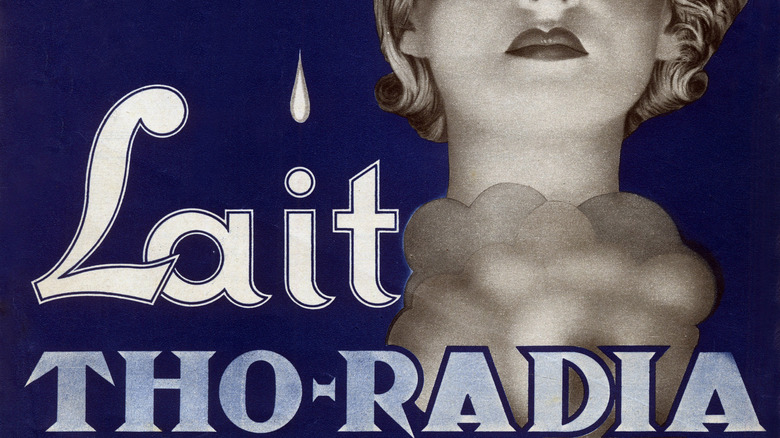
Why This Radioactive Beauty Trend Became So Popular In The 1920s

What Really Happened During The Red River Bridge War

The Truth About The Peaceful Saddam Hussein Heist

The Messed Up Truth Of Venezuelan President Nicolas Maduro
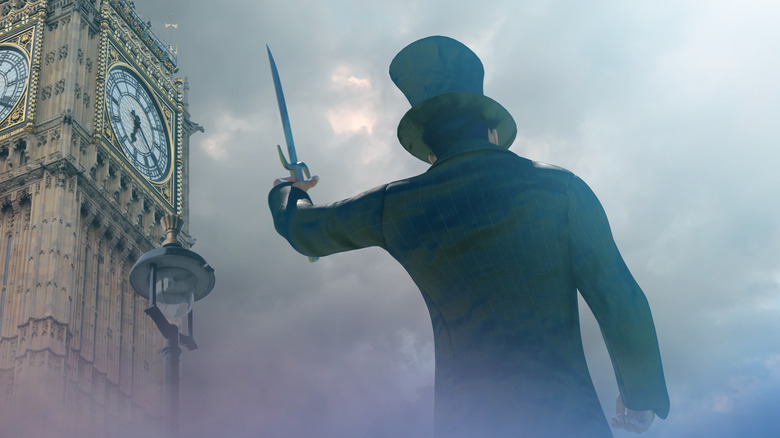
The Jack The Ripper Theory That Would Change Everything
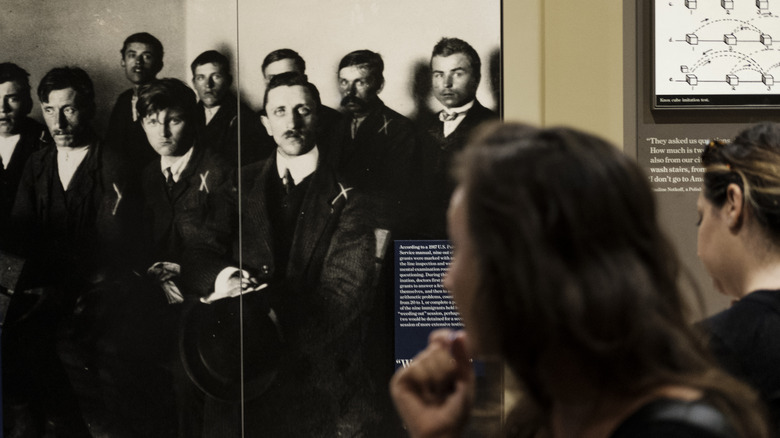
The Truth About The Final Immigrant That Passed Through Ellis Island
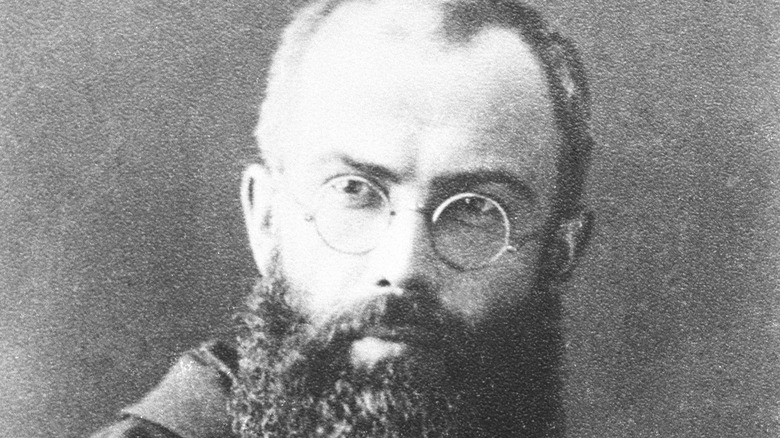
The Real Reason Maximilian Kolbe Was Declared A Saint After Auschwitz
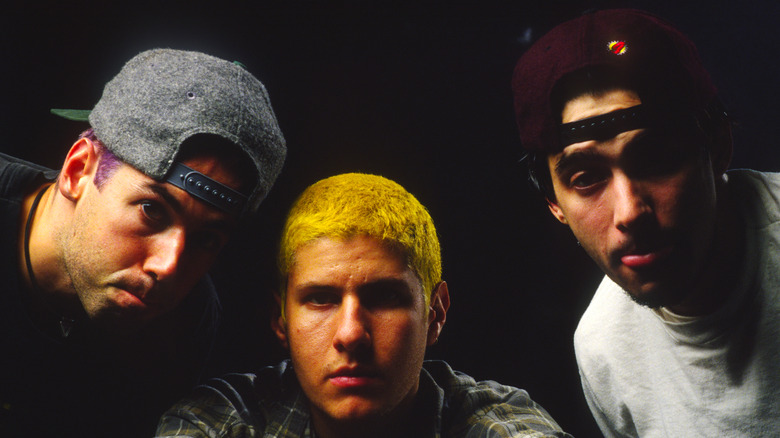
The Story Behind The Beastie Boys Album Paul's Boutique
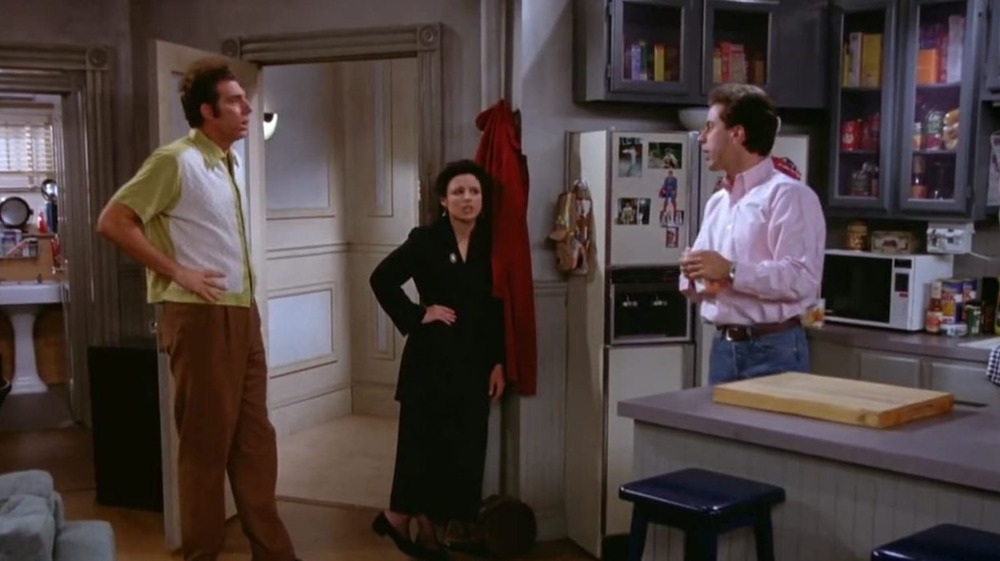
The Seinfeld Episode Inspired By A Serial Killer
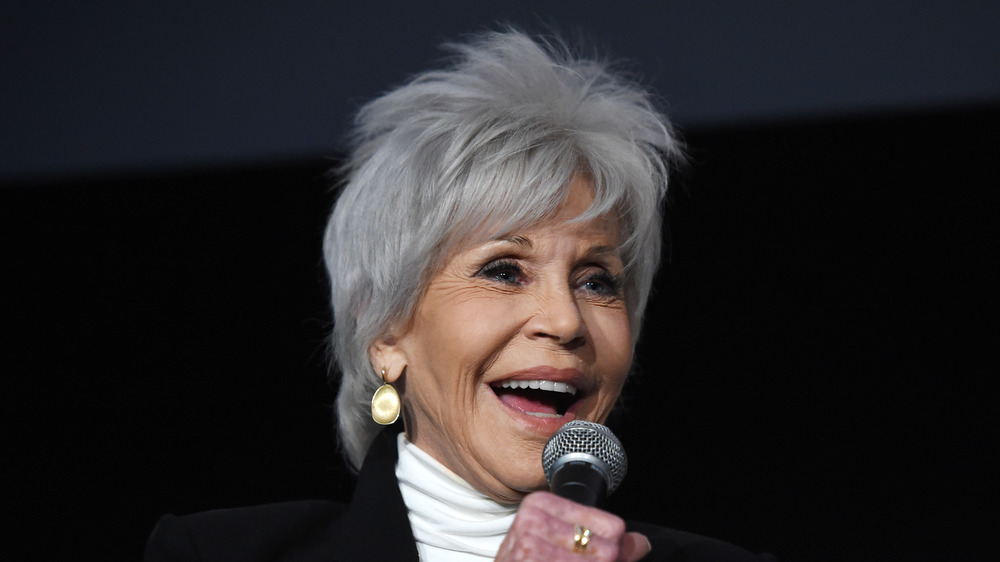
The Tragic Real-Life Story Of Jane Fonda
